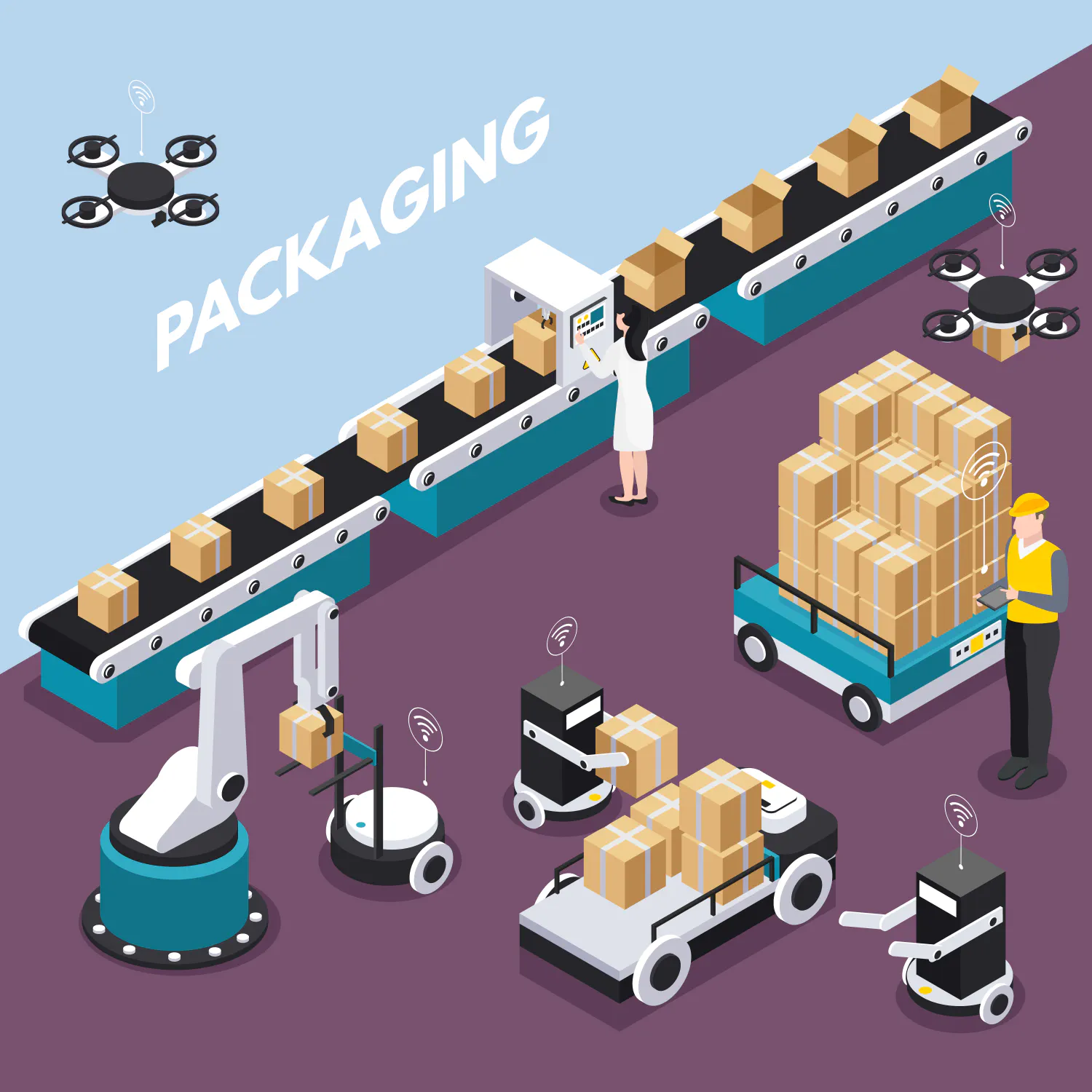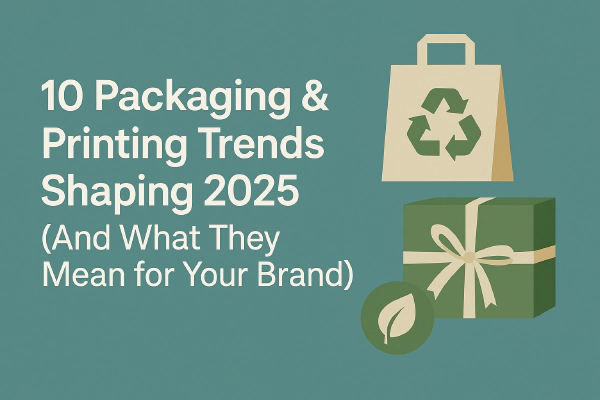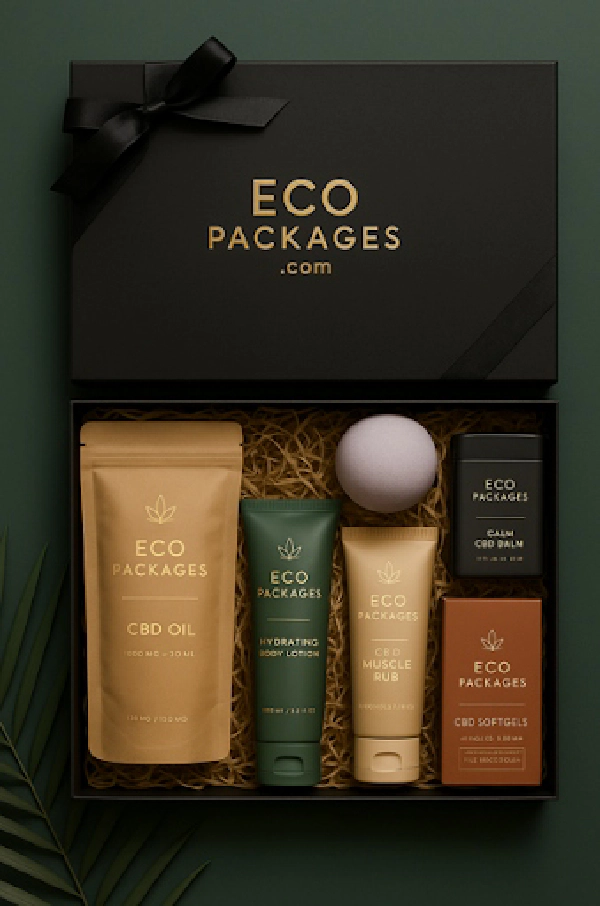Interactive Packaging in 2025
Interactive packaging stopped being an experiment years ago. In 2025, brands are turning labels into active touchpoints that educate buyers, prevent fraud, improve logistics, and strengthen sustainability claims. This guide explains what modern interactive labels do, why they matter, and how to implement them without breaking the bank.
What We Mean by Smart Packing and AI-Driven Packaging
Smart packing goes beyond protection and branding. It connects to sensors, chips, or mobile devices and serves information, actions, or data back to brands and customers.
AI-driven packaging uses machine learning and analytics to:
- Personalize label content
- Predict supply issues
- Optimize sustainability choices automatically
Together, these technologies transform a static box into a live channel for product discovery, trust, and operations.
Why the Shift Is Happening Now
Interactive packaging market is expanding rapidly (2024–2025)
Source: Fortune Business InsightsNFC, smart labels, and IoT sensors are becoming affordable and standardized
Source: Global Market Insights Inc.AI enhances pack design, label personalization, and supply chain automation
Source: Packaging Digest, Dragonfly AI

Core Technologies Explained
- QR codes — Simple, cheap, familiar. Opens web content or AR overlays.
- NFC tags — One-tap interactions for secure authentication and content redirects.
- RFID — Passive tracking for inventory automation and anti-theft.
- IoT sensors — Monitor temperature, shock, humidity for perishables.
- Augmented Reality (AR) — Overlays video or 3D content for storytelling.
- AI models — Personalize content, predict stock needs, analyze engagement.
Reference: ScienceDirect

Real Benefits for Customers and Brands
Customers get:
- Instant access to product facts and sustainability info
- Personalized offers and loyalty triggers
- Provenance data for authenticity
Brands get:
- Rich first-party interaction data
- Reduced shrinkage and faster inventory cycles
- Better storytelling and reduced returns
- Anti-counterfeiting protection
Source: Healthcare Packaging
Use Cases That Pay Back Quickly
- Food & Beverage — Wine bottles with vintage notes and traceability
- Pharma — NFC labels with dosage reminders and refill links
- Beauty — AR tutorials for virtual makeup try-ons
- Electronics — RFID for warranty activation and recall alerts
- E-commerce — Sensors for transit condition reporting
How AI Changes the Label Game
AI enables:
- Contextual content delivery (e.g., how-to videos, loyalty rewards)
- Interaction analysis for messaging refinement
- Demand prediction and SKU prioritization
- Packaging design optimization and quality control
Source: Packaging Digest, Dragonfly AI

Practical Checklist to Implement Interactive Labels
- ✅ Start with a goal: engagement, anti-counterfeiting, or logistics
- ✅ Choose tech mix: QR (low-cost), NFC (secure), RFID (scale)
- ✅ Mobile-first content: fast, clear, lightweight
- ✅ Integrate analytics: scan location, dwell time, conversions
- ✅ Respect privacy: collect only necessary data
- ✅ Design fallback: QR/web content for non-NFC users
- ✅ Market test: A/B CTAs, content length, timing
- ✅ Measure ROI: repeat purchases, returns, counterfeits, logistics
Cost and ROI Considerations
- Pilot small — Use QR codes and short URLs
- Bundle benefits — Share cost across departments
- Track hard metrics — Sales lift, stockouts, returns, counterfeits
- Scale deliberately — Expand where unit economics work
References: Fortune Business Insights, Yahoo Finance
Design and UX Best Practices
- Keep it fast — Prioritize mobile load speed
- Be transparent — Show provenance and certifications
- Make CTAs obvious — Place where the eye lands
- Localize — Match language, measurements, offers
- Limit friction — Avoid long forms; use progressive profiling
Security, Privacy, and Compliance
- NFC/RFID support secure signatures and encrypted authentication
- Blockchain for tamper-evident provenance records
- Always disclose data collection and offer opt-out
Regulatory focus increasing in pharma and FMCG sectors
References: Towards Packaging, Healthcare Packaging
Quick Pilot Idea (8 Weeks)
- Select 1–2 high-margin, repeat-purchase SKUs
- Add QR code linking to:
- Short product story
- 30-second how-to video
- One-time discount
- Run campaign in one region
- Measure scans, conversions, repeat purchases
- If successful, expand to NFC on premium SKUs
Common Mistakes to Avoid
- ❌ Treating label as an afterthought
- ❌ Ignoring page load times
- ❌ Over-collecting data
- ❌ Skipping cross-team alignment


The Near Future — Trends to Watch
- Integrated AI personalization — Content shaped by purchase history and inventory
- Converged connectivity — QR + NFC + RFID for omnichannel experiences
- Sustainability verification — Certified carbon and recyclability data
- Gesture and wearable support — Labels respond to AR glasses and voice interfaces
References: Packaging World, Packnode
Final Checklist Before You Press Go
- ✅ Goal defined and KPIs set
- ✅ Tech stack chosen for pilot
- ✅ Mobile-first content ready
- ✅ Analytics and privacy policies in place
- ✅ Cross-functional team aligned
- ✅ Launch plan with metrics to track
Conclusion
Smart packing and AI-driven packaging are no longer optional for brands that want to lead. They add measurable value across marketing, operations, and sustainability. Start small, measure, and scale what works.




